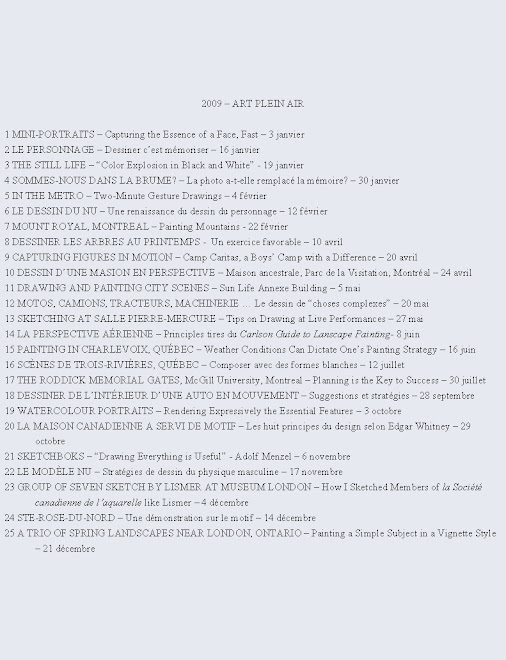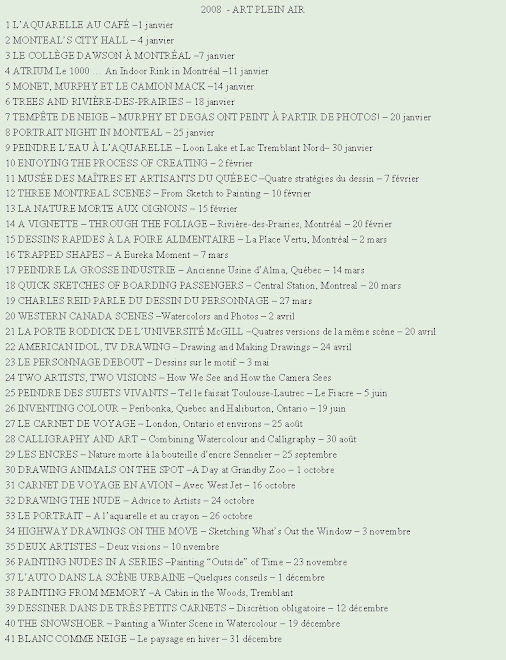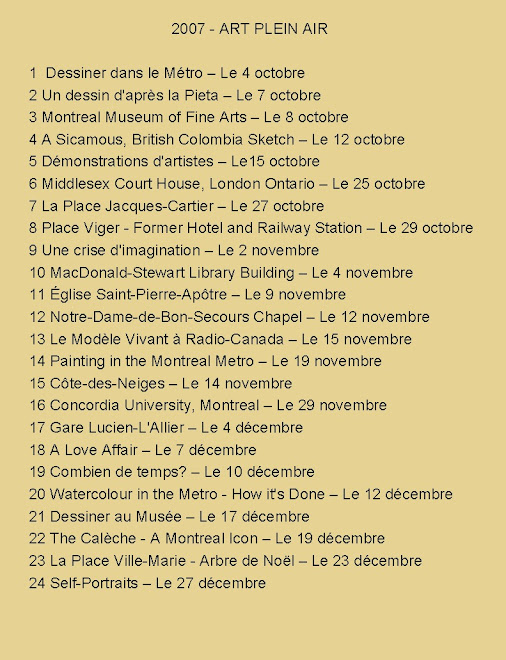
I always bring a sketch book to a concert or a play. Sometimes I am lucky but other times I come back with empty pages. If I am unable to draw it is either because I am sitting too far away from the stage or the available light is inadequate.
Première of Ochus Bochus by Paul Frehner performed by ECM+ & OCM
A few weeks ago I arrived late for a concert. Unfortunately the orchestras had already played my son-in-law’s composition. However, I was fortunate because the usherette led me to a seat near the front. There was sufficient light and I was able to sketch.
Première of Ochus Bochus by Paul Frehner performed by ECM+ & OCM
A few weeks ago I arrived late for a concert. Unfortunately the orchestras had already played my son-in-law’s composition. However, I was fortunate because the usherette led me to a seat near the front. There was sufficient light and I was able to sketch.

Arrive either very early or reserve your tickets
If you wish to draw at a concert where the seats are not reserved, I would suggest you arrive early in order to take a seat up front. From that vantage you will be able to sketch the musicians, actors or dancers. If the hall is not quite full and you arrive late you may find a seat near the front at the intermission. The ideal is to purchase tickets far in advance in order to be able to choose where you sit.
Choice of sketch book
The sketch book I used for the illustrated drawings measures approximately 4 in. by 6 in. which, when opened permits you to draw on a 6 in. by 8 in. surface. I would not recommend sketching in a larger format since you will draw attention to your activity. Also, drawing in a larger book means you will be uncomfortable in the usually tight theatre seats. Drawing in a sewn binding sketch book rather than in a spiral bound book is my recommendation mainly because it is awkward to draw across the spiral.

Choosing an appropriate “quiet” drawing tool
I sometimes draw with a pencil but any repeated hatching especially on coarse paper can be noisy in a quiet environment. Therefore, I draw either with a fountain pen or with a felt tip pen as often as possible at concerts. If the sketching paper is rather smooth that also will cut down on the noise.
Rendering value masses
The disadvantage of pen and ink sketching is that you might end up solely with contour drawings. If you wish to shade you will have to do hatch, scribble or use a thicker pointed tool to add values. This takes up valuable time and effort. My preferred choice is a fountain pen filled with water soluble ink. Then I use my water filled paint brush to spread the inked lines to render the masses. I also use non permanent ink disposable pens with similar results. All the drawings of musicians illustrated here were rendered a fountain pen and a water filled synthetic paint brush.

Remember to be discrete
Although you may be absorbed in the act of drawing, remember that not everyone around you will share your drawing enthusiasm especially if you cause a distraction. Therefore, try to be as unobtrusive, quiet and motionless as possible when sketching at concerts.
Draw the figure often and you'll see marked improvement
I draw at concerts for pleasure and practice. If you seize the opportunity to draw the figure often whenever the occasion arises, your drawing skills for all subjects will improve rapidly. So, my advice is to be prepared at all times by carrying with you a small sketch book and a few drawing tools.
Raynald Murphy sca
Raynald Murphy sca
Come paint with me: June 13-14 - Outdoor Watercolour: Cityscapes - Two Day Workshop : Info http://www.visualartscentre.ca/ or 514-488-9558



















